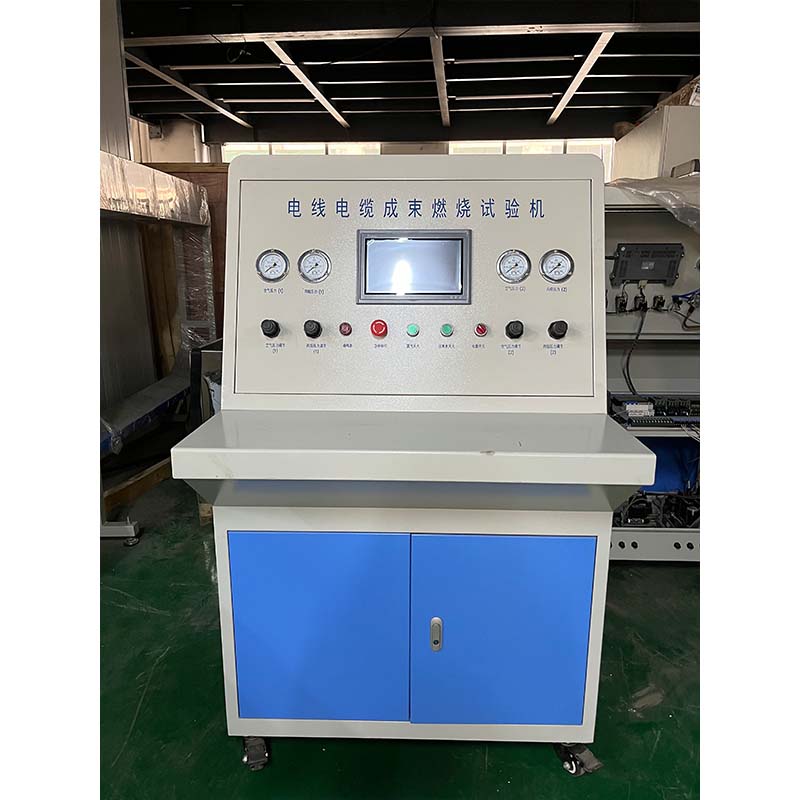TDKTechnicalDataSheet
Evaluation of Conductor Resistance at Constant Temperature A Guide for Industry Professionals
In the electrical industry, understanding and evaluating the resistance of conductors is crucial for ensuring the efficiency and reliability of electrical systems. Conductors, which are materials that permit the flow of electric current, can exhibit variability in resistance based on several factors. Among these, temperature plays a significant role. Therefore, conducting resistance tests at constant temperatures is essential for obtaining accurate and consistent measurements.
The process of evaluating conductor resistance involves applying a known voltage across a conductor and measuring the resulting current. By employing Ohm’s Law (V = IR), where V is voltage, I is current, and R is resistance, professionals can determine the resistance of the conductor. However, it’s important to maintain a constant temperature during this testing process, as temperature fluctuations can cause significant variations in resistance values.
At elevated temperatures, the resistance of most conductive materials, such as copper and aluminum, increases due to the increased vibrational energy of the atoms, which creates more collisions for the flowing electrons. Conversely, at lower temperatures, resistance tends to decrease. This temperature dependence is characterized by the temperature coefficient of resistance, a vital parameter in conductor design and selection.
conductor resistance constant temperature test company

Industry practices recommend conducting tests under standardized conditions, often at ambient temperature (20°C to 25°C), to ensure consistency in results. Companies specializing in testing conductor resistance typically utilize sophisticated equipment, such as micro-ohmmeters, to achieve precise measurements. The importance of using accurate instruments cannot be overstated, as subtle variations in resistance can lead to significant implications in system performance and safety.
Furthermore, standards and regulations established by organizations such as the International Electrotechnical Commission (IEC) and the Institute of Electrical and Electronics Engineers (IEEE) guide the testing procedures. Compliance with these standards ensures that the conductor meets the operational requirements for various applications, from power transmission to electronic devices.
After conducting resistance tests, a comprehensive analysis of the data is essential for making informed decisions about the suitability of a conductor for a given application. Factors such as material properties, intended usage, and environmental conditions must be considered when interpreting the results.
In conclusion, conducting constant temperature resistance tests is a fundamental practice in the electrical industry, imperative for ensuring the quality and reliability of conductor materials. By adhering to industry standards and utilizing precise testing methods, companies can guarantee that their conductors not only perform optimally but also comply with safety regulations, ultimately leading to enhanced performance in electrical systems. As the demand for efficient electrical solutions continues to grow, the importance of meticulous conductor resistance testing cannot be underestimated.
-
Why the Conductor Resistance Constant Temperature Measurement Machine Redefines Precision
NewsJun.20,2025
-
Reliable Testing Starts Here: Why the High Insulation Resistance Measuring Instrument Is a Must-Have
NewsJun.20,2025
-
Flexible Cable Flexing Test Equipment: The Precision Standard for Cable Durability and Performance Testing
NewsJun.20,2025
-
Digital Measurement Projector: Precision Visualization for Modern Manufacturing
NewsJun.20,2025
-
Computer Control Electronic Tensile Tester: Precision and Power for the Modern Metal Industry
NewsJun.20,2025
-
Cable Spark Tester: Your Ultimate Insulation Assurance for Wire and Cable Testing
NewsJun.20,2025
 Copyright © 2025 Hebei Fangyuan Instrument & Equipment Co.,Ltd. All Rights Reserved. Sitemap | Privacy Policy
Copyright © 2025 Hebei Fangyuan Instrument & Equipment Co.,Ltd. All Rights Reserved. Sitemap | Privacy Policy
